Episode 17: Accidents and the conclusions about the cargo and stowage
Shipping accidents and disasters occur time and again. Some of them are due to incorrect information about the cargo, the weight or incorrect or missing classification of dangerous goods.
Inadequate cargo securing leads to transport damage. It is not uncommon for ships to be totally lost.
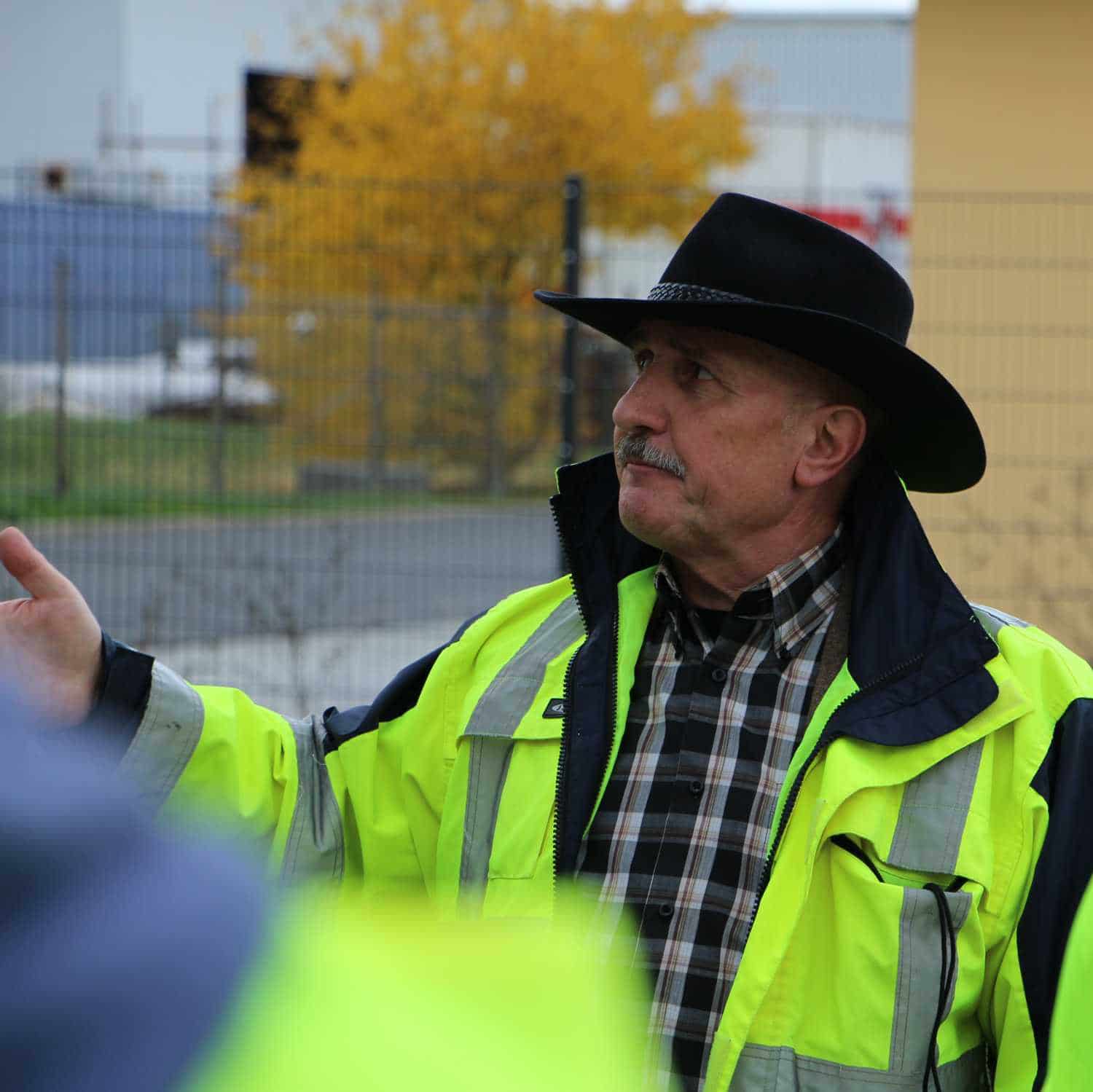
About the author:
In a series of specialist articles from the field, on topics relating to containers and trucks, you will receive first-hand professional knowledge.
How to secure cargo correctly and what are the basics of cargo securing?
They are developed and presented by Sigurd Ehringer, owner of SE-LogCon:
- VDI certified instructor for load securing
- Reference book author
- 8 years Project Manager
- 12 years with the Bundeswehr (company commander)
- 20 years of sales experience
- since 1996 consultant/trainer in logistics
- 44 years instructor/trainer in various fields
Episode 17: Accidents and the conclusions about the cargo and stowage
All incidents are investigated in detail by various authorities until a final verdict is reached. Consideration will then be given to how such incidents can be prevented in the future.
We as shippers/container packers experience these results in the form of changes, additions or special comments to or in regulations and laws.
This is, for example, the biennial update of the IMDG Code, the set of rules for transport of dangerous goods with/on ships. The details of this can be found in columns 15, 16a and 16b of Table 3.2.
The Column 15 of the IMDG Code refers to the EMS code.
It is divided into two parts:
- Recommendations for fighting fires with the abbreviations F-A to F-J
- Recommendations for combating leaks with the abbreviations S-A to S-Z
The shipper of dangerous goods must indicate in the transport document the abbreviations of the EMS code, related to the UN number.
Example: UN-1950 Compressed gas packages (aerosols)
- EMS Code: F-D
- EMS Code: S-U
If the transport unit, e.g. the container, contains compressed gas packages, then the adjacent rules (excerpts) apply to the ship's crews in the event of an accident or leakage.
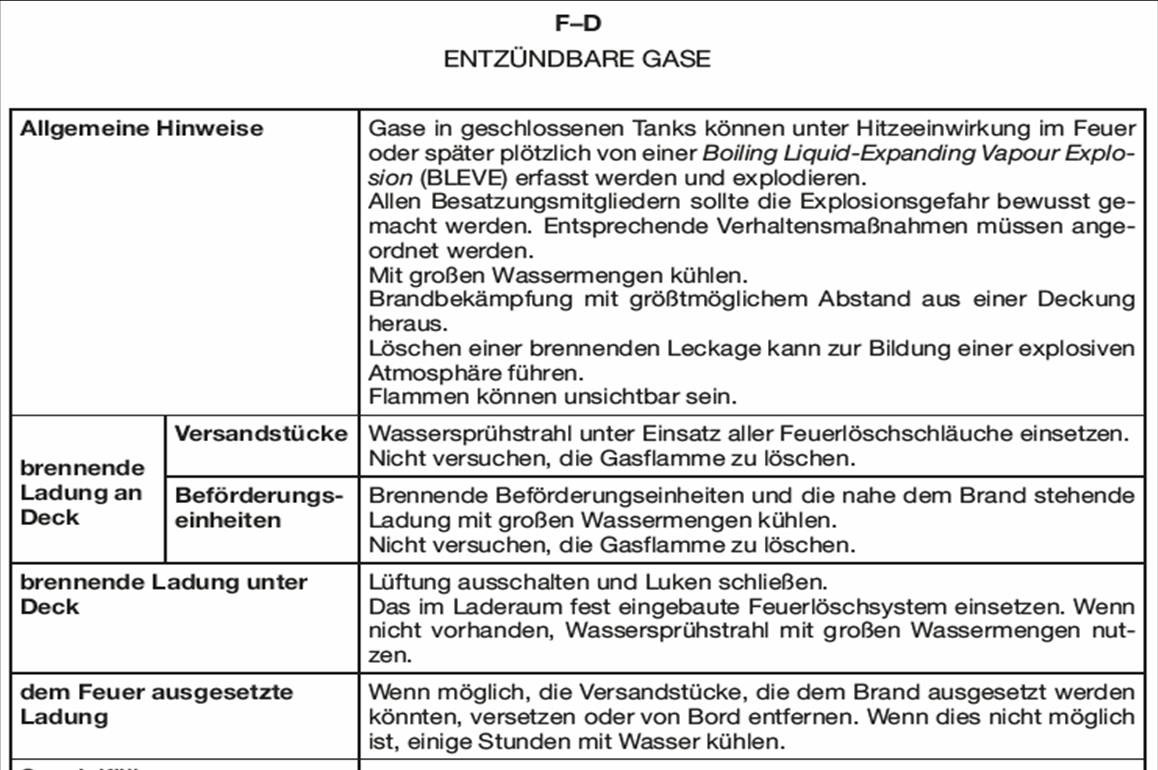

The Column 16a of the IMDG Code refers to the stowage and handling of dangerous goods on ships. The example on the right refers in part to dangerous goods of classes 2-9, which are packed in limited quantities. They can be stowed on deck or below deck.
In detail, the instructions that are specifically mentioned for the UN number apply.
Congestion category A
| Cargo vessels or passenger vessels whose number of passengers is limited to no more than 25 or 1 passenger per 3 meters of total vessel length, whichever is greater. |
} |
ON DECK OR BELOW DECK |
The Column 16b of the IMDG Code refers to the separation of transport units on the ship, depending on the dangerous goods they contain.
The notes on the right refer to UN number 1950 Compressed gas packages.
SW1: protected from heat sources
SW22: For PRESSURIZED GAS PACKAGES with a maximum capacity of 1 liter: Stowage category A.
For PRESSURIZED GAS PACKAGES with a capacity of more than 1 liter: stowage category B.
For WASTE PRESSURIZED GAS PACKAGES: Stowage Category C, clear of living and recreational areas.
The basis for such regulations is the "International Convention for the Safety of Life at Sea (SOLAS), which was adopted in 1914 after the sinking of the Titanic.
It is updated again and again at intervals according to need/occasion. Principles are agreed here, which are then adopted by the "International Maritime Organization (IMO) are translated into detailed measures.
One of them is the "Verified gross weight" which was enacted in 2014 by MSC.1/Circ. 1475 9 June 2014 was put into effect.
This topic will be covered in an upcoming LaSi blog episode.
Your Sigurd Ehringer.

Small cause - big effect. We see time and again that customers are only prepared to take load securing seriously after an expensive loss. But good solutions don't have to be expensive.😉
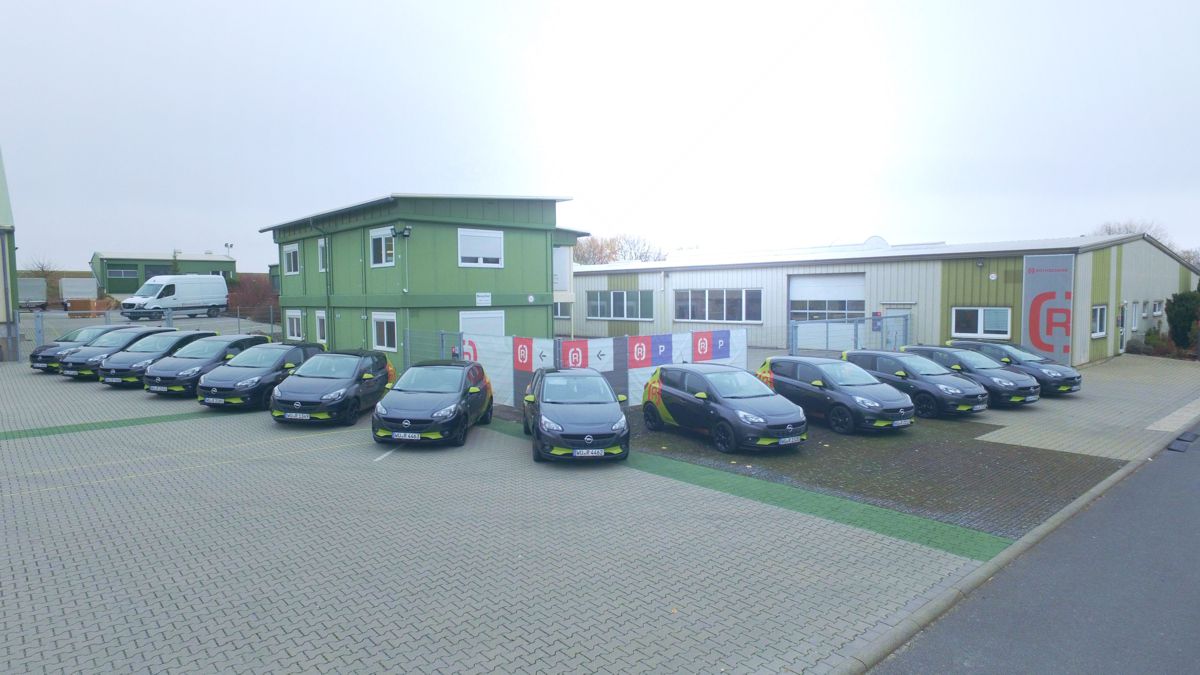
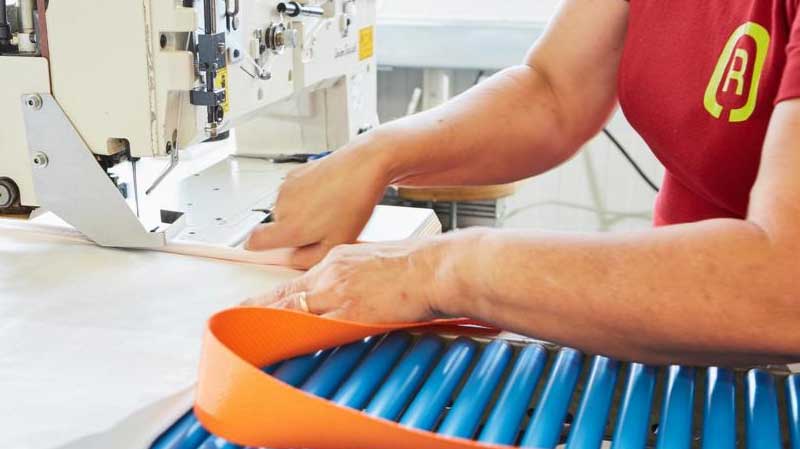
On our own account:
Rothschenk. That's us.
Rothschenk is a manufacturer of load securing equipment for overseas containers. In the tranquil town of Aub in central Franconia, we develop, test and sell our own load securing equipment such as dunnage bags/padding, Lashing restraint systems, Edge Protectors, Anti-slip Mats, Lashing Straps and drum securement. You can get a small insight into our product world in our Online Shop: [R] SHOP24.
We develop for our customers, to whom also large corporations e.g. from the CHEMICALS-, BEVERAGES- and Automotive industry belong, individual load securing. Therefore we are used to come up with new products and solutions in our own research and test department.
We stand for quality "Made in Germany„. Not only in development, but also in production. Because we are the only manufacturer for load securing with our own production site in Germany. Real "Made in Germany" even.
>> Please use the comment function below for suggestions, additions and also for further questions.
We will, of course, respond promptly and professionally. Your Rothschenk Team


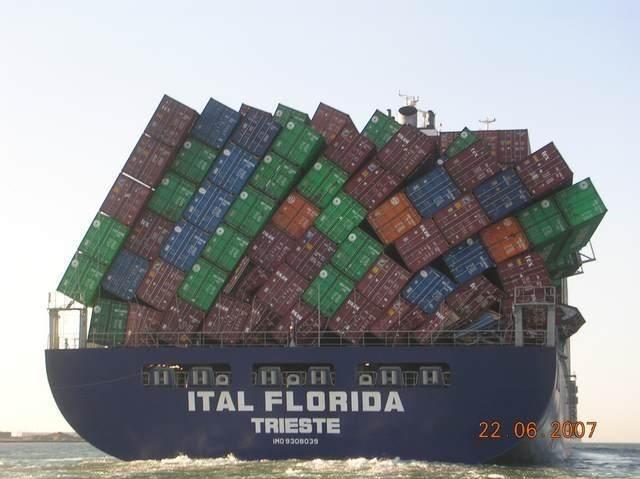


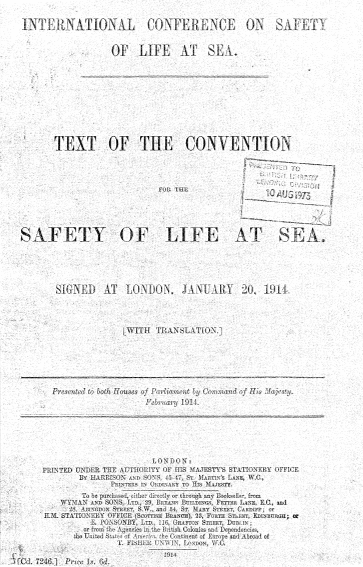
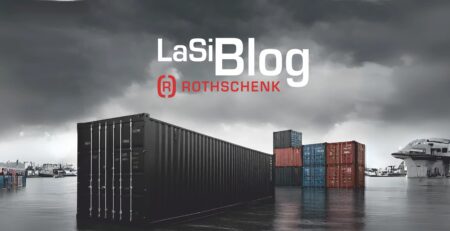
Schreibe einen Kommentar